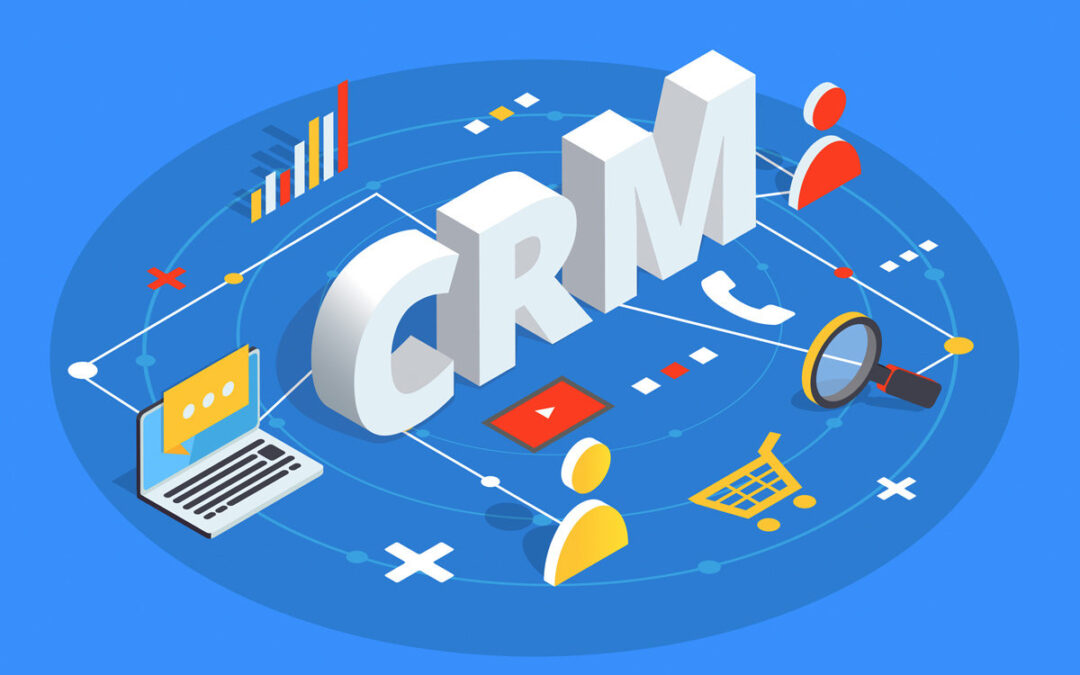
Benefits of Using Web Design Services for SMEs
A new corporate website design is one of the best ways to ensure your business remains competitive. Customer conversions are the ultimate goal when building a website for your business. A better design leads to more conversions, and once you have that, you can grow your business.
There are many ways to optimize the conversion performance of your site, but all of them are dependent on web design in some way. This includes elements such as calls to action, usability, and site appearance.
Increasing Conversions Via Web Design:
Website pages can include these elements and more to improve conversions. Each element is part of the website development process and when used correctly can help drive visitors into the marketing funnel and convert them to subscribers.
The information above can only serve as general guidance. So, how can you use web design to increase conversion rates for your SME?
Simple Navigation:
For any business, easy navigation is key. Most of the time, a basic header toolbar with links to your most popular sites will work. You will classify certain websites, which aids users in determining where to find the information they need.
Color:
It is a good idea to use a variety of colors in your SMEs website development to create a visually appealing design that appeals to the target audience. Be sure to consider what you want your company to portray to consumers before you begin designing your color scheme.
Call To Action:
It is crucial for a business’s online success that it has a clear call to action. These tell visitors what they must do next to finish the conversion process. Call to action work best on price pages, interaction pages, or other conversion-oriented areas of your website.
A Call to Action is usually just a few paragraphs long and includes actionable verbs to encourage readers to take action. You can make your CTAs more effective by emphasizing them on your website with contrasting colors, tabs, and other eye-catching elements.
Attract More Clients:
The ability of your company to attract new customers is crucial for its long-term survival. Using conventional marketing techniques like direct mail or print ads can be expensive and inefficient. By going online you can reach more people and pay less for exposure. Additionally, you can monitor the effects on individual customers.
It is not just about attracting new clients, you can also use your website to serve your existing customers. The opportunity to update company records on the internet increases consumer communication while freeing up resources to work on more important business issues. You may also use a branded email to drive traffic back to your on and offline pages and improve customer satisfaction.
Conclusion:
In addition to providing small businesses with a platform for advertising and marketing, a website helps separate them from their competitors, which is crucial for consumers who rely heavily on digital content to find out everything they can about a brand. As a result, a website is one of the most valuable business tools for disseminating content, establishing a reputation, and standing out in a competitive market.
Many SMEs strive to expand market share, finding new clients while maintaining their existing ones. Face to face interactions and word-of-mouth are both essential, but a website allows you to reach a wide range of people online.



